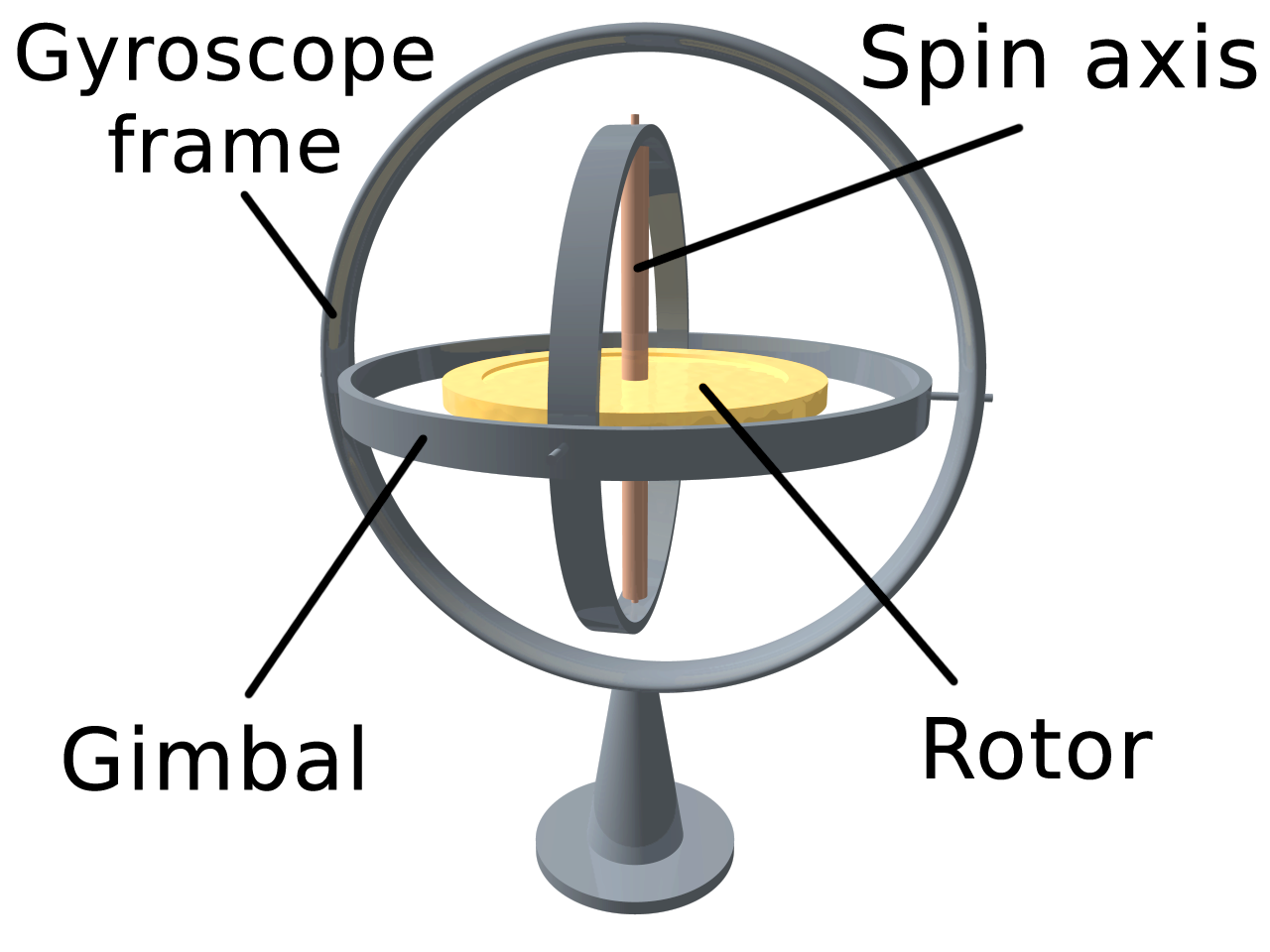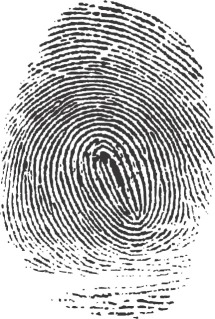|
Poco X3
The Poco X3, Poco X3 NFC and Poco X3 Pro are Android-based smartphones developed by Xiaomi, announced on 7 and 22 September 2020. The phone has a FHD+ IPS LCD 120 Hz 6.67-inch display, a 48 MP wide, 8 MP ultra-wide, 2 MP macro, and 2 MP depth camera, a 5160 mAh battery, up to 8 GB RAM and a side-mounted fingerprint sensor. There has been lot of criticism with the reliability around the devices mainly with caused by the PMIC. Specifications Hardware The Poco X3 and X3 NFC run on Qualcomm Snapdragon 732G (8 nm) processor with Adreno 618 to handle graphics. It is equipped with Liquid Cool Technology 1.0 Plus for heat dissipation. They have a 6.67" 1080 × 2400 pixels (20:9 aspect ratio) IPS LCD display which supports 120 Hz refresh rate and 240 Hz touch sampling rate. The display is certified by TÜV Rheinland. They are protected with Corning Gorilla Glass 5, plastic frame and plastic back. The phones support IP53 splash-proof protection. Poco X3 and ... [...More Info...] [...Related Items...] OR: [Wikipedia] [Google] [Baidu] |
Poco (smartphone)
Poco (stylized as POCO), formerly known as Poco by Xiaomi is a Chinese brand owned by Xiaomi that specializes in smartphones. The Poco brand was first announced in August 2018 as a mid-range smartphone line under Xiaomi. Poco India became an independent brand on 17 January 2020, followed by its global counterpart on 24 November 2020. Poco released its first smartphone, the Pocophone F1 in August 2018. Some phones with identical or slightly changed specifications are released in some markets as Poco, in others as Redmi; for example the Poco X6 and Redmi Note 13 Pro 5G. History The Poco brand was launched as a Xiaomi sub-brand in August 2018. The Poco sub-brand had a small team within Xiaomi, and chose the name Poco as it represented the team since "poco" means "a little" in Spanish and Italian. Xiaomi introduced the Pocophone F1 under the Poco branding which became a success. Poco India became an independent brand before the launch of its second device in January 2020. During th ... [...More Info...] [...Related Items...] OR: [Wikipedia] [Google] [Baidu] |
Adreno
Adreno is a series of graphics processing unit (GPU) semiconductor intellectual property cores developed by Qualcomm and used in many of their SoCs. History Adreno is an integrated graphics processing unit (GPU) within Qualcomm's Snapdragon applications processors, that was jointly developed by ATI Technologies in conjunction with Qualcomm's preexisting "QShader" GPU architecture, and coalesced into a single family of GPUs that rebranded as Adreno in 2008, just prior to AMD's mobile division being sold to Qualcomm in January 2009 for $65M. Early Adreno models included the Adreno 100 and 110, which had 2D graphics acceleration and limited multimedia capabilities. Prior to 2008, 3D graphics on mobile platforms were commonly handled using software-based rendering engines, which limited their performance and consumed too much power to be used for anything other than rudimentary mobile graphics applications. With growing demand for more advanced multimedia and 3D graphics capabi ... [...More Info...] [...Related Items...] OR: [Wikipedia] [Google] [Baidu] |
Panorama
A panorama (formed from Greek language, Greek πᾶν "all" + ὅραμα "view") is any Obtuse angle, wide-angle view or representation of a physical space, whether in painting, drawing, photography (panoramic photography), film, seismic images, or 3D modeling. The word was coined in the 18th century by the English (Irish people, Irish descent) painter Robert Barker (painter), Robert Barker to describe his panoramic paintings of Edinburgh and London. The motion-picture term Panning (camera), ''panning'' is derived from ''panorama''. A panoramic view is also purposed for multimedia, cross-scale applications to an outline overview (from a distance) along and across repositories. This so-called "cognitive panorama" is a panoramic view over, and a combination of, cognitive spaces used to capture the larger scale. History The device of the panorama existed in painting, particularly in murals, as early as 20 A.D., in those found in Pompeii, as a means of generating an immersive ... [...More Info...] [...Related Items...] OR: [Wikipedia] [Google] [Baidu] |
Autofocus
An autofocus (AF) optical system uses a sensor, a control system and a motor to focus on an automatically or manually selected point or area. An electronic rangefinder has a display instead of the motor; the adjustment of the optical system has to be done manually until indication. Autofocus methods are distinguished as active, passive or hybrid types. Autofocus systems rely on one or more sensors to determine correct focus. Some AF systems rely on a single sensor, while others use an array of sensors. Most modern SLR cameras use through-the-lens optical sensors, with a separate sensor array providing light metering, although the latter can be programmed to prioritize its metering to the same area as one or more of the AF sensors. Through-the-lens optical autofocusing is usually speedier and more precise than manual focus with an ordinary viewfinder, although more precise manual focus can be achieved with special accessories such as focusing magnifiers. Autofocus accur ... [...More Info...] [...Related Items...] OR: [Wikipedia] [Google] [Baidu] |
HDR10
HDR10 Media Profile, more commonly known as 'HDR10'', is an open high-dynamic-range video (HDR) standard announced on 27 August 2015, by the Consumer Electronics Association. It is the most widespread HDR format. HDR10 is not Backward compatibility, backward compatible with Standard-dynamic-range video, SDR. It includes HDR static metadata but not HDR dynamic metadata, dynamic metadata. PQ10 refers to an HDR10 format which does not include any metadata. Technical details HDR10 is defined as: * EOTF: SMPTE ST 2084 (Perceptual quantization, PQ) * Bit depth: 10 bit * Color primaries: Rec. 2020, ITU-R BT.2020 (identical to Rec. 2100, BT.2100 primaries) * Static metadata: SMPTE ST 2086 (mastering display color volume), MaxFALL (maximum frame-average light level), and MaxCLL (maximum content light level) * Color sub-sampling: 4:2:0 (for compressed video sources) PQ10 refers to an HDR format that uses PQ, 10-bit and Rec. 2100 color primaries without having any metadata. HDR10 is t ... [...More Info...] [...Related Items...] OR: [Wikipedia] [Google] [Baidu] |
IPS LCD
IPS (in-plane switching) is a screen technology for liquid-crystal displays (LCDs). In IPS, a layer of liquid crystals is sandwiched between two glass surfaces. The liquid crystal molecules are aligned parallel to those surfaces in predetermined directions (''in-plane''). The molecules are reoriented by an applied electric field, while remaining essentially parallel to the surfaces to produce an image. It was designed to solve the strong viewing angle dependence and low-quality color reproduction of the twisted nematic field effect (TN) matrix LCDs prevalent in the late 1980s. History The True depth method was the only viable technology for active matrix TFT LCDs in the late 1980s and early 1990s. Early panels showed grayscale inversion from up to down, and had a high response time (for this kind of transition, 1 ms is visually better than 5 ms). In the mid-1990s new technologies were developed—typically IPS and vertical alignment (VA)—that could resolve these we ... [...More Info...] [...Related Items...] OR: [Wikipedia] [Google] [Baidu] |
Magnetometer
A magnetometer is a device that measures magnetic field or magnetic dipole moment. Different types of magnetometers measure the direction, strength, or relative change of a magnetic field at a particular location. A compass is one such device, one that measures the direction of an ambient magnetic field, in this case, the Earth's magnetic field. Other magnetometers measure the magnetic dipole moment of a magnetic material such as a ferromagnet, for example by recording the effect of this magnetic dipole on the induced current in a coil. The invention of the magnetometer is usually credited to Carl Friedrich Gauss in 1832. Earlier, more primitive instruments were developed by Christopher Hansteen in 1819, and by William Scoresby by 1823. Magnetometers are widely used for measuring the Earth's magnetic field, in geophysical surveys, to detect magnetic anomalies of various types, and to determine the dipole moment of magnetic materials. In an aircraft's attitude and heading ... [...More Info...] [...Related Items...] OR: [Wikipedia] [Google] [Baidu] |
Proximity Sensor
A proximity sensor (often simply prox) is a sensor able to detect the presence of nearby objects without any physical contact. A proximity sensor often emits an Electromagnetic field, electromagnetic field or a beam of electromagnetic radiation (infrared, for instance), and looks for changes in the electric field, field or return signal. The object being sensed is often referred to as the proximity sensor's target. Different proximity sensor targets demand different sensors. For example, a capacitive proximity sensor or photoelectric sensor might be suitable for a plastic target; an inductive sensor, inductive proximity sensor always requires a metal target. Proximity sensors can have a high reliability and long functional life because of the absence of mechanical parts and lack of physical contact between the sensor and the sensed object. Proximity sensors are also used in machine vibration monitoring to measure the variation in distance between a shaft and its support beari ... [...More Info...] [...Related Items...] OR: [Wikipedia] [Google] [Baidu] |
Gyroscope
A gyroscope (from Ancient Greek γῦρος ''gŷros'', "round" and σκοπέω ''skopéō'', "to look") is a device used for measuring or maintaining Orientation (geometry), orientation and angular velocity. It is a spinning wheel or disc in which the axis of rotation (spin axis) is free to assume any orientation by itself. When rotating, the orientation of this axis is unaffected by tilting or rotation of the mounting, due to the angular momentum#Conservation of angular momentum, conservation of angular momentum. Gyroscopes based on other operating principles also exist, such as the microchip-packaged Vibrating structure gyroscope#MEMS gyroscopes, MEMS gyroscopes found in electronic devices (sometimes called gyrometers), solid-state ring laser gyroscope, ring lasers, fibre optic gyroscopes, and the extremely sensitive quantum gyroscope. Applications of gyroscopes include inertial navigation systems, such as in the Hubble Space Telescope, or inside the steel hull of a submer ... [...More Info...] [...Related Items...] OR: [Wikipedia] [Google] [Baidu] |
Accelerometer
An accelerometer is a device that measures the proper acceleration of an object. Proper acceleration is the acceleration (the rate of change (mathematics), rate of change of velocity) of the object relative to an observer who is in free fall (that is, relative to an inertial frame of reference). Proper acceleration is different from coordinate acceleration, which is acceleration with respect to a given coordinate system, which may or may not be accelerating. For example, an accelerometer at rest on the surface of the Earth will measure an Gravitational acceleration, acceleration due to Earth's gravity straight upwards of about Standard gravity, ''g'' ≈ 9.81 m/s2. By contrast, an accelerometer that is in free fall will measure zero acceleration. Accelerometers have many uses in industry, consumer products, and science. Highly sensitive accelerometers are used in inertial navigation systems for aircraft and missiles. In unmanned aerial vehicles, accelerometers help to stabili ... [...More Info...] [...Related Items...] OR: [Wikipedia] [Google] [Baidu] |
Fingerprint Sensor
A fingerprint is an impression left by the friction ridges of a human finger. The recovery of partial fingerprints from a crime scene is an important method of forensic science. Moisture and grease on a finger result in fingerprints on surfaces such as glass or metal. Deliberate impressions of entire fingerprints can be obtained by ink or other substances transferred from the peaks of friction ridges on the skin to a smooth surface such as paper. Fingerprint records normally contain impressions from the pad on the last joint of fingers and thumbs, though fingerprint cards also typically record portions of lower joint areas of the fingers. Human fingerprints are detailed, unique, difficult to alter, and durable over the life of an individual, making them suitable as long-term markers of human identity. They may be employed by police or other authorities to identify individuals who wish to conceal their identity, or to identify people who are incapacitated or dead and thus unab ... [...More Info...] [...Related Items...] OR: [Wikipedia] [Google] [Baidu] |





